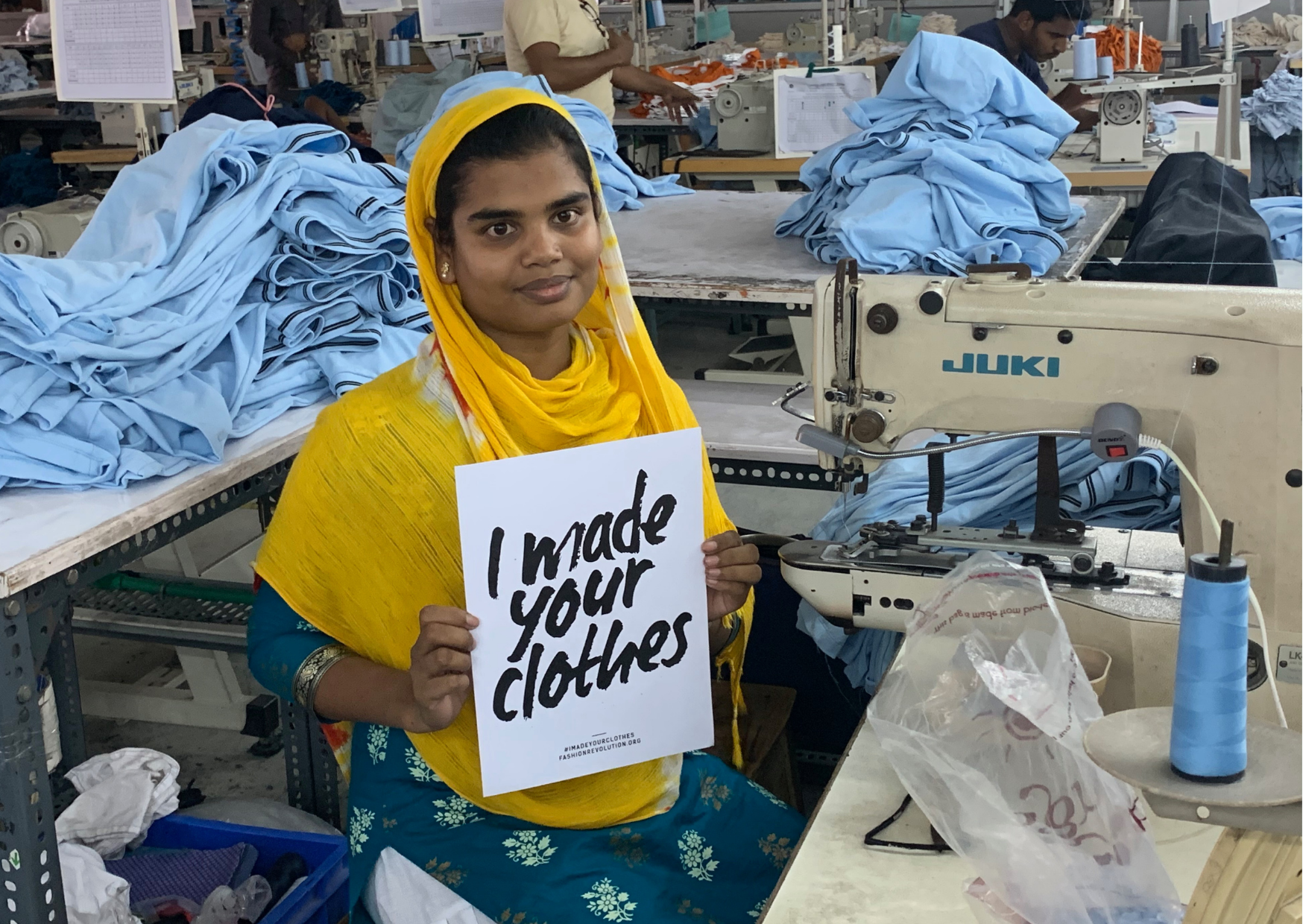
What is Fashion Supply Chain Transparency?
The 9th annual Fashion Revolution Week is in full swing and this year’s theme is MONEY FASHION POWER. From 18th to 24th April 2022, activists, citizens and brands around the world will come together to demand a fairer fashion industry. This year, Fashion Revolution is zooming in on pay disparity throughout fashion supply chains, and is calling on brands to publicly disclose their business operations, warts and all.
To mark Fashion Revolution Week, we’re mapping out the journey of our undies from farm to factory, and inviting our Instagram and Twitter followers to join us for the ride. As a small business, we’ve always operated on the principles of radical transparency and ensured information on our suppliers, materials, certifications and impact is accessible online. You might be asking yourself what fashion supply chain transparency is and why it matters? This blog explains all!

What does supply chain transparency mean in the fashion industry?
Transparency describes when a fashion brand or retailer publicly discloses information about its business operations and suppliers and the impact this has on workers and the environment - crucial information that enables us to make informed shopping decisions and to hold brands to account.
A large fashion brand’s supply chain can span continents, encompassing a wide range of people and production processes. Full transparency would require a brand to disclose its:
Tier 1 supplier(s): Assembly factories where finished goods are made and shipped from. This includes the cutting, sewing, assembling and packing of garments.
Tier 2 supplier(s): Processing facilities where a fabric is treated to get its distinct colour or pattern. This involves printing, dyeing or embroidering.
Tier 3 supplier(s): Processing facilities where fibres are turned into fabric. This includes spinning, knitting and weaving.
Tier 4 supplier(s): Raw material suppliers that grow fibres to be turned into fabric, such as cotton farms.
Why is transparency important for the fashion industry?
When brands are transparent about their supply chains and their social and environmental policies, they open themselves up to public scrutiny, being held accountable and ultimately being guided to change for the better. This means brands can’t claim to be sustainable or ethical without merit, and instead have to turn talk into action.
Currently, the fashion industry is very opaque, meaning human and environmental exploitation can continue without consequence. This has historically allowed brands to claim ignorance and blame suppliers without acknowledging their responsibility and power to redress these issues. Campaigning for industry-wide transparency, then, would force brands to do what they say, and would help eliminate inequalities and human rights abuses experienced by workers lower down the supply chain.
Is transparency the same as sustainability?
No, and this confusion has aided greenwashing fashion brands pretending to be sustainable. When Fashion Revolution published their 2020 Transparency Index, H&M group scored the highest. H&M celebrated online by claiming to be “the most transparent brand in the world”, adding #sustainable to its caption. The problem was that they had taken their index ranking out of context, and implied that it positively evaluated their sustainability policies, which it didn’t.
In response, Fashion Revolution have clarified that the Transparency Index is not a shopping guide: “the Index does not measure ethics or sustainability; it measures public disclosure of information that people can use to hold big influential brands to account for their claims.” They also updated their Communications Guidelines so reviewed brands can accurately reflect on their results.
That’s not to say transparency doesn’t lead to sustainability. Transparency is an important, necessary first step for brands to take, because it encourages them to assess their impact across their entire supply chain and improve this accordingly. As Fashion Revolution states, “without transparency, achieving a sustainable, accountable and fair fashion industry will be almost impossible.”
Where do I find information about a brand’s supply chain?

The good news is that if a brand is transparent, it shouldn’t be hard to do your research! Genuinely transparent brands have nothing to hide, so will make this information publicly accessible and easy to navigate. On their website, you should find plenty of traceable information, statistics and data on their ‘sustainability’, ‘about’ and ‘ethics’ pages. Things to look out for include a list of manufacturers, any supporting certifications, their latest impact report, labour policies and sustainability initiatives - information which you can always find on our website!
For less forthcoming (generally bigger) fashion brands, there are a number of tools out there to help you assess their transparency efforts. The biggest and most well known is Fashion Revolution’s annual Transparency Index. The 2021 edition reviewed and ranked 250 of the world’s largest and most profitable fashion brands and retailers according to what information they disclose about their social and environmental policies, practices and impacts, in their operations and supply chain.
Another useful resource is Remake’s Accountability Report - an annual industry report which scores 60 fashion companies across 6 areas: traceability, wages and wellbeing, commercial practices, raw materials, environmental justice and climate change, and governance, diversity and inclusion. The Accountability Report differs from the Transparency Index because it does more than assess how much a brand publicly discloses; it also assesses whether brands have delivered on their environmental and social promises.
Good on You similarly judges whether a large range of fashion brands are as sustainable as they claim to be. Good on You also believes that transparency promotes accountability and ranks brands’ environmental, social and animal welfare policies based on the information they publicly share.
How do I ask my favourite fashion brand to share information about their supply chain?
Fashion Revolution Week was designed to put pressure on brands to be more transparent (and therefore accountable) about their business and impact! To get involved, start by asking your favourite brand #WhoMadeMyClothes, #WhoMadeMyFabric and #WhatsInMyClothes? You could snap a selfie with a poster and tag brands on social media, leave a product review, write an email using Fashion Revolution’s online email tool or send a letter using this letter template. The more noise we make on- and offline, the more likely brands are to respond!
Where can I learn about Y.O.U Underwear’s Supply Chain?

We make sure this information is digestible and easy to find on our website. Discover more about…
Our organic cotton - learn what’s in our undies, why we use organic cotton, and what certifications we have in place to ensure farmers are paid fairly and treated equally
Our ethical manufacturer - find out why we work with India’s leading ethical and sustainable manufacturer and see how our undies are made in a video tour of the factory
Our sustainable accreditations - learn about our social and environmental certifications which verify our efforts to be as sustainable and ethical as we can be
Our donation model - find out how every purchase fights period poverty and visit Small for All’s “bravalanche” sorting facility here
Our charitable initiatives - see how your purchase gives back and the various causes we support
Our recycling take-back scheme - learn how to recycle your worn underwear and how we’re taking responsibility for the entire lifespan of our undies
Our positive impact - discover how we measure, reduce and offset our environmental footprint, while increasing our social one (plus our goals for the future!)
Our sustainability policies - Find out how we’re minimising our environmental impact, from using biodegradable packaging to planting a tree for every newsletter sign-up
Want to learn more? Check out our Q&A with The ID Factory, an end-to-end traceability solution for the fashion industry.
Written by Melissa Watt
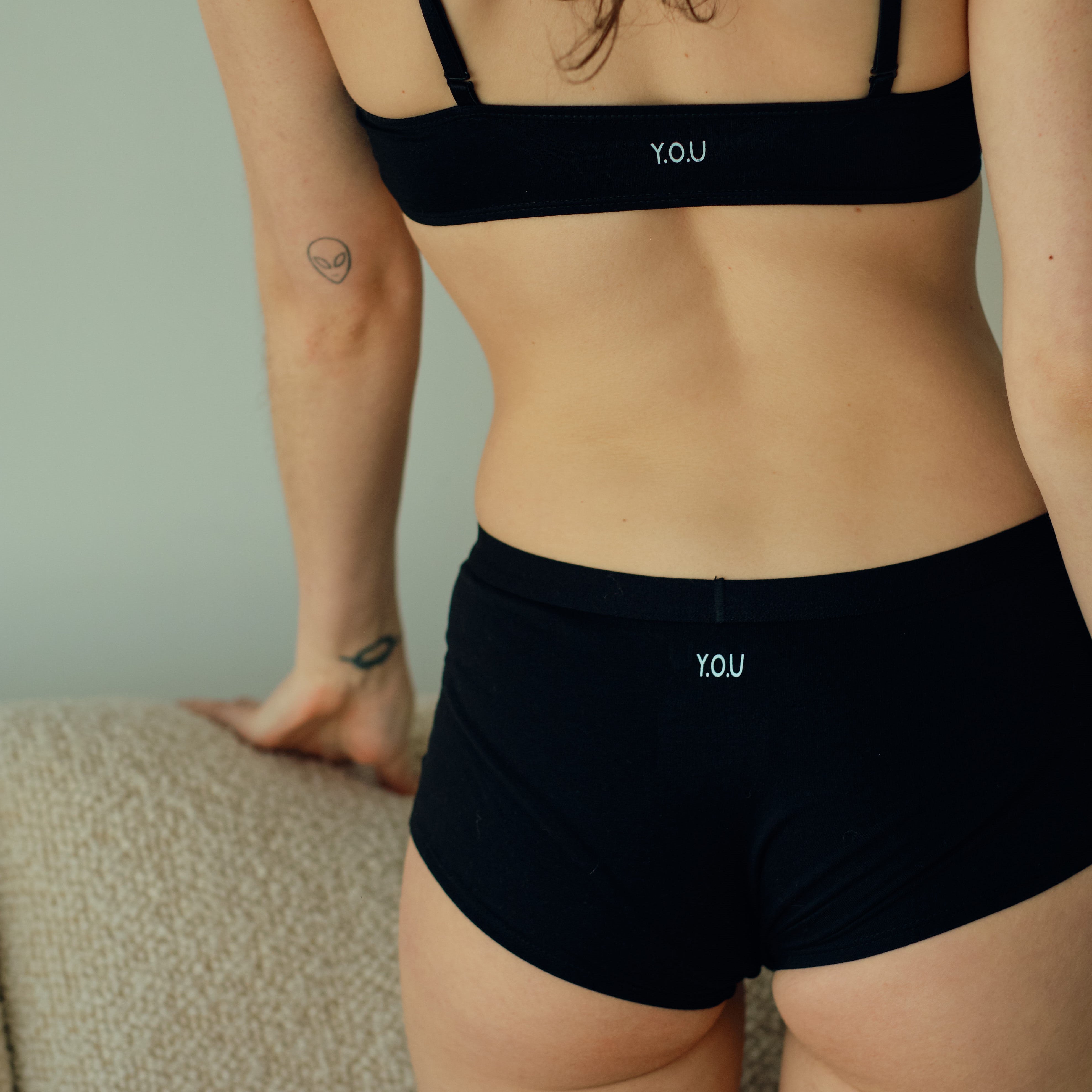



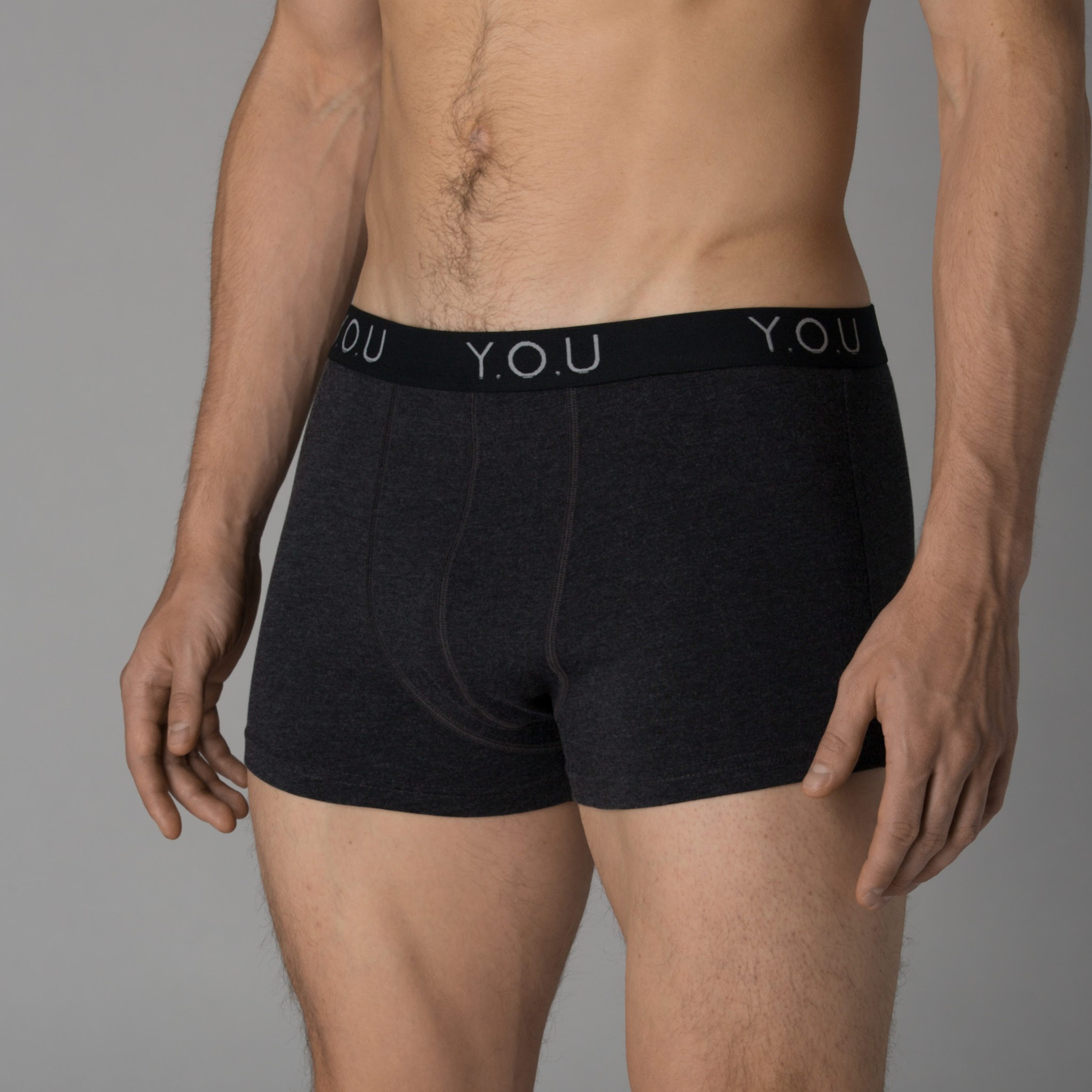
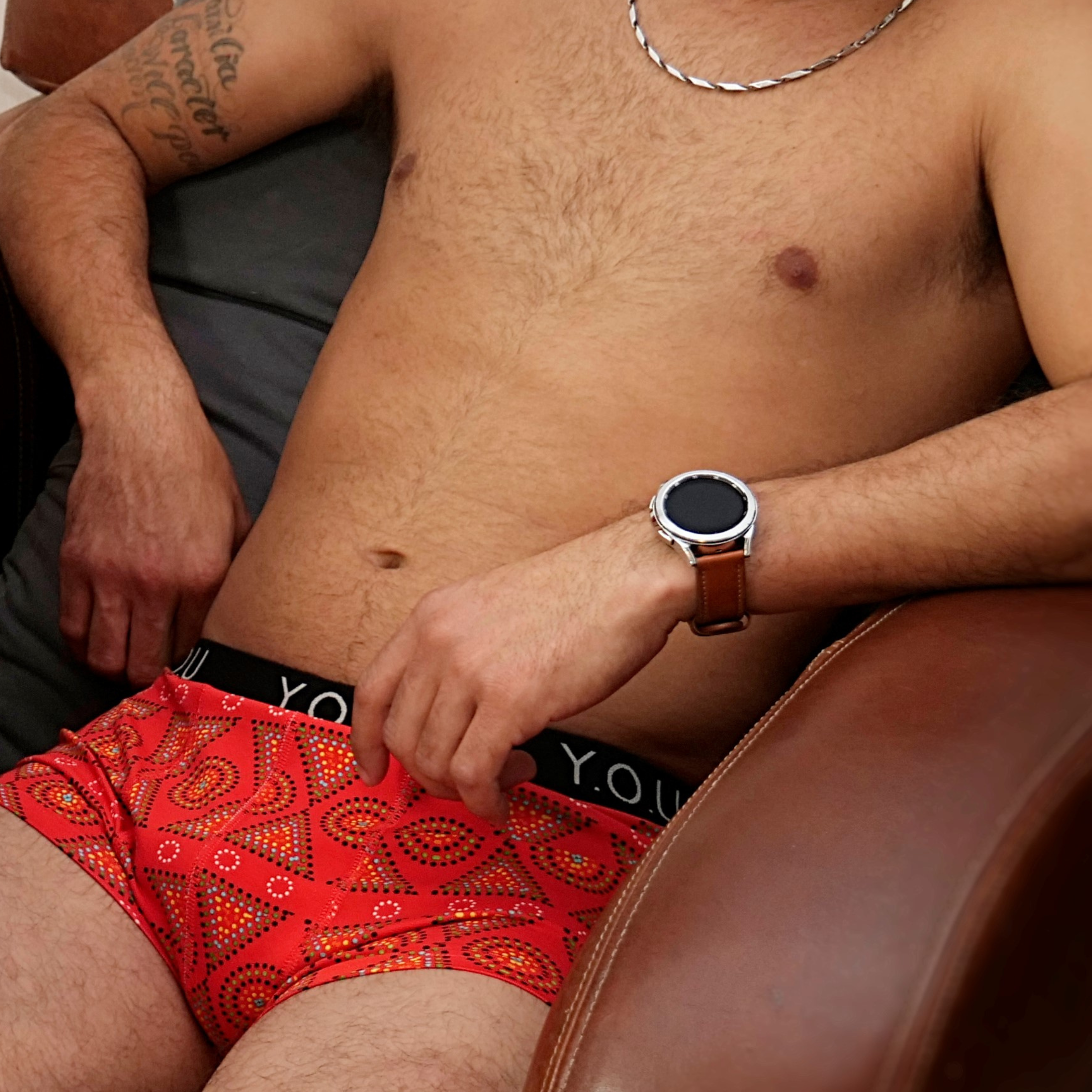
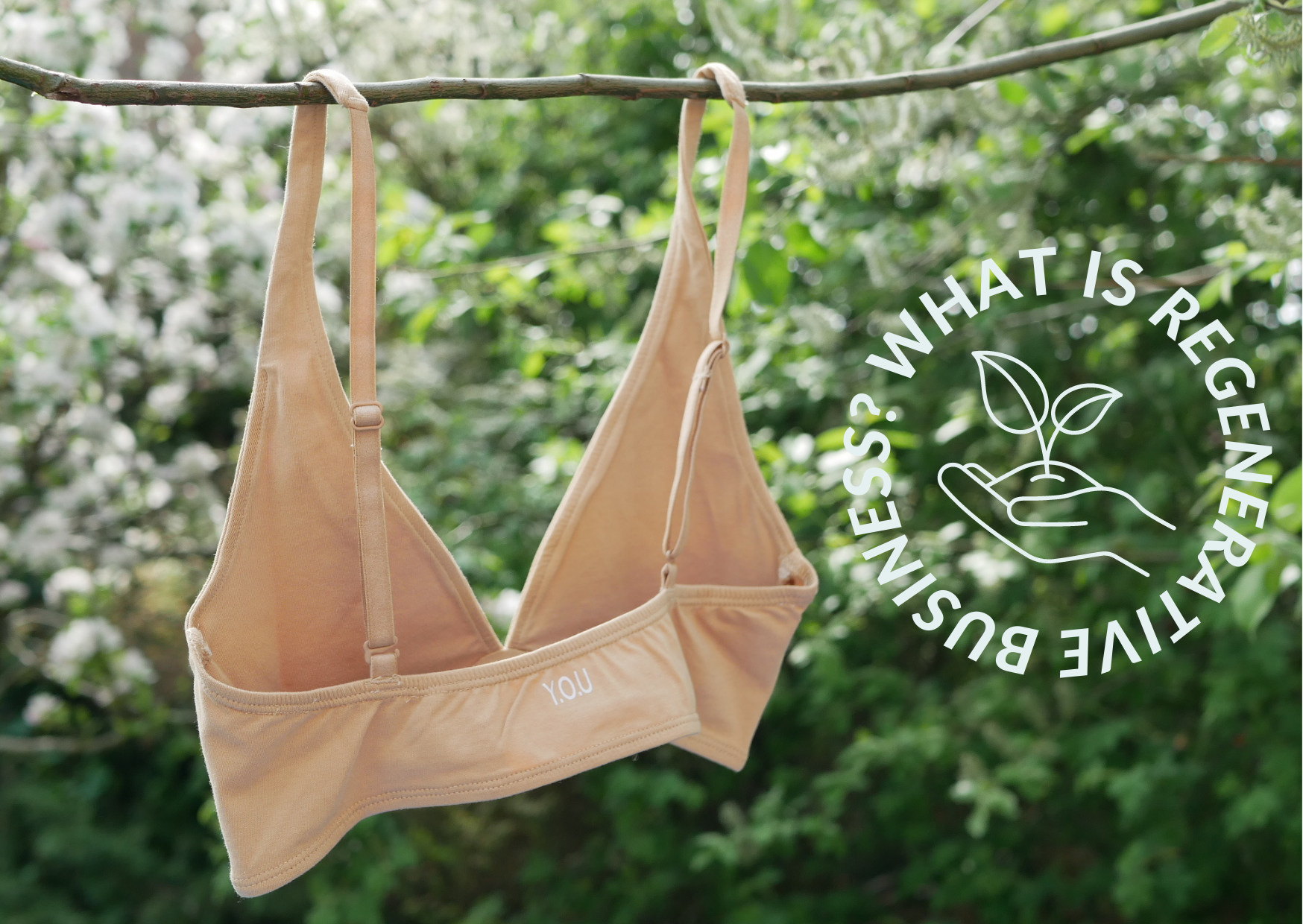

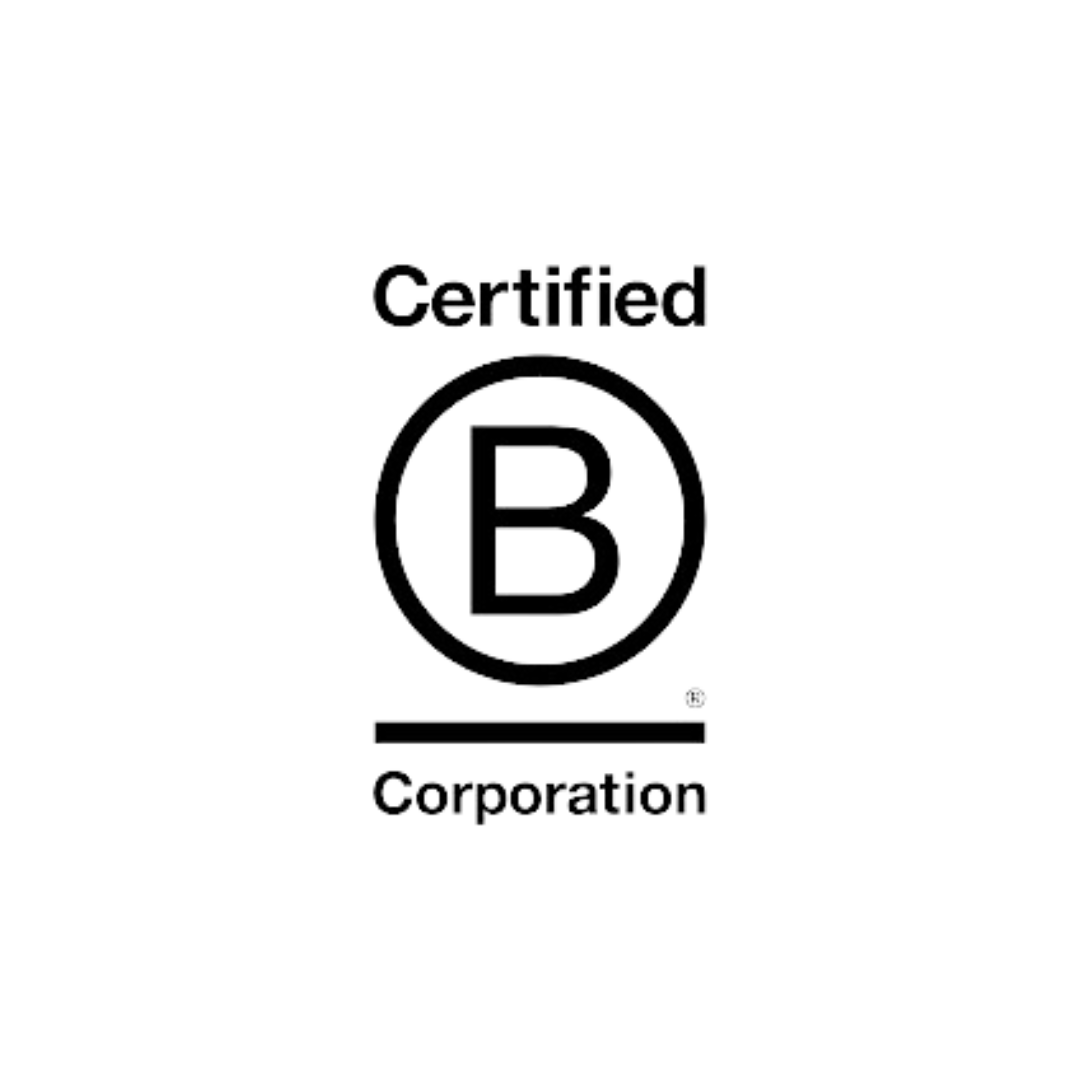
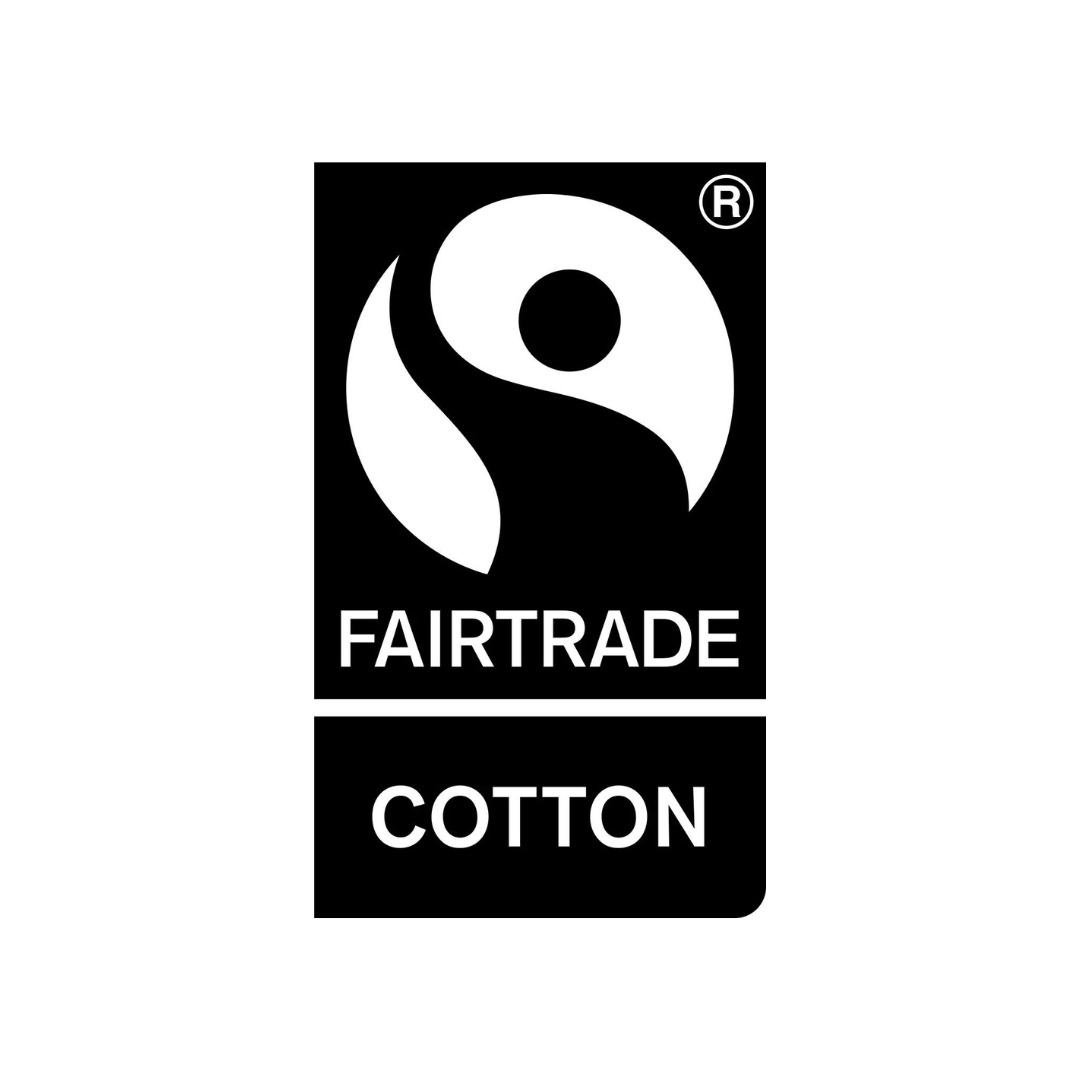
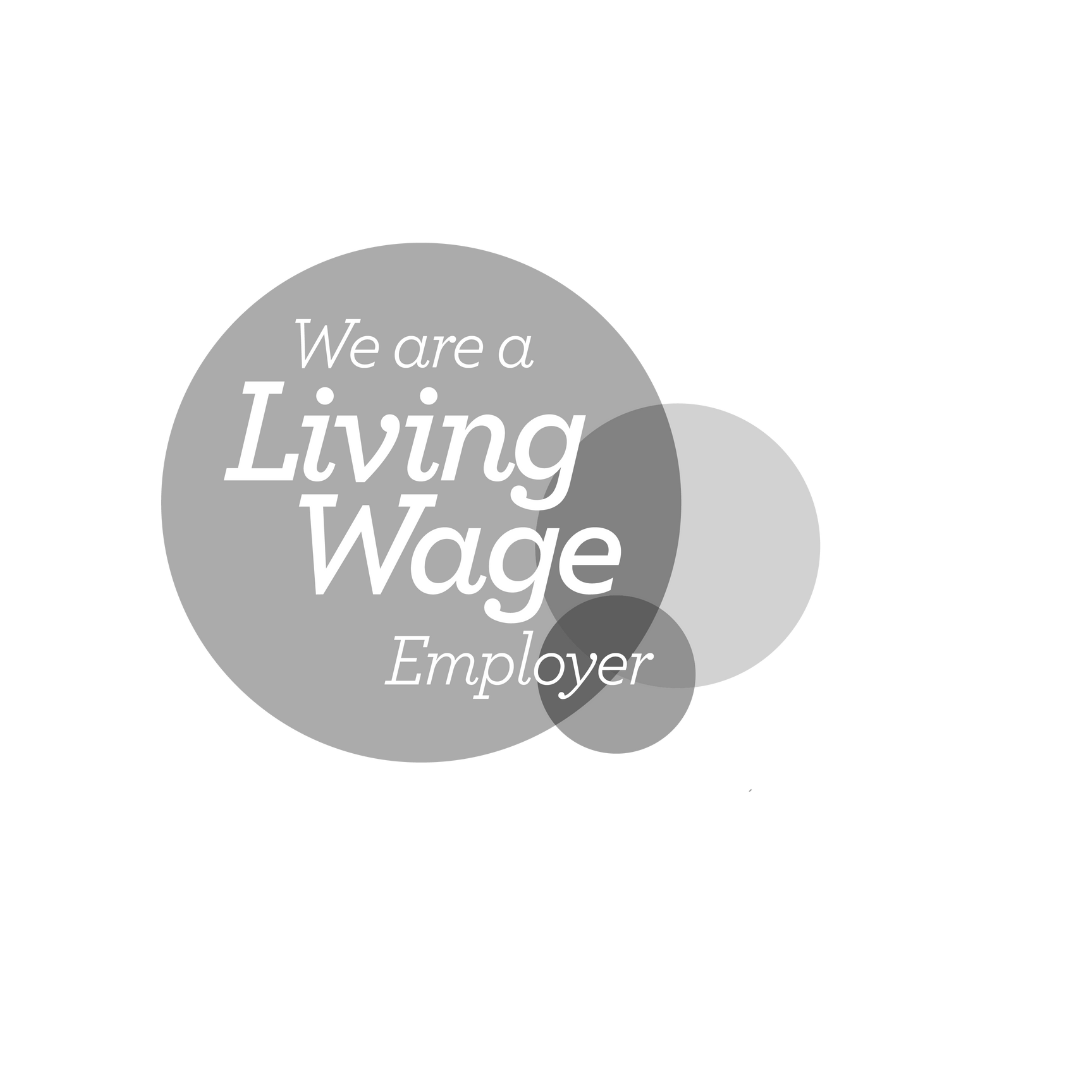
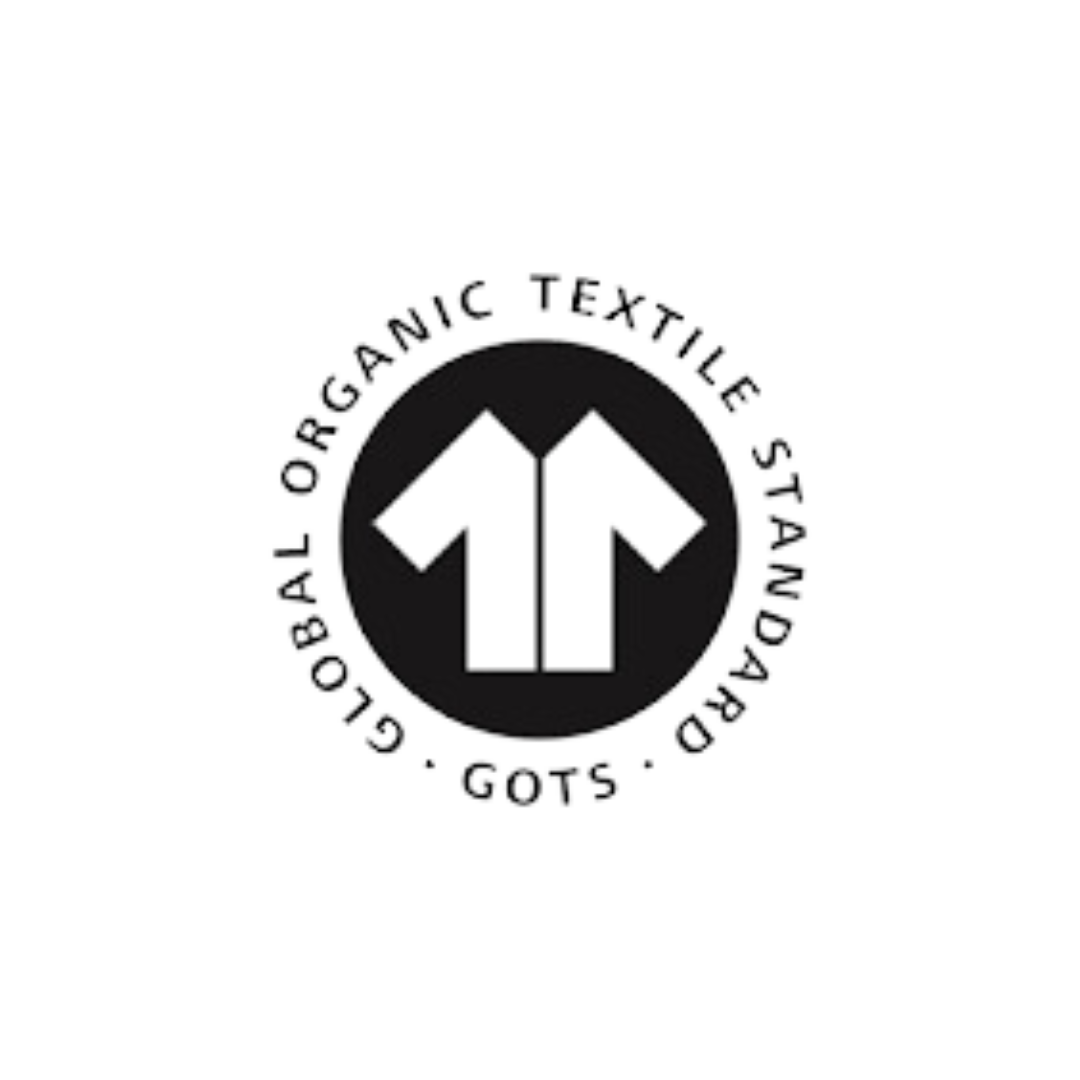
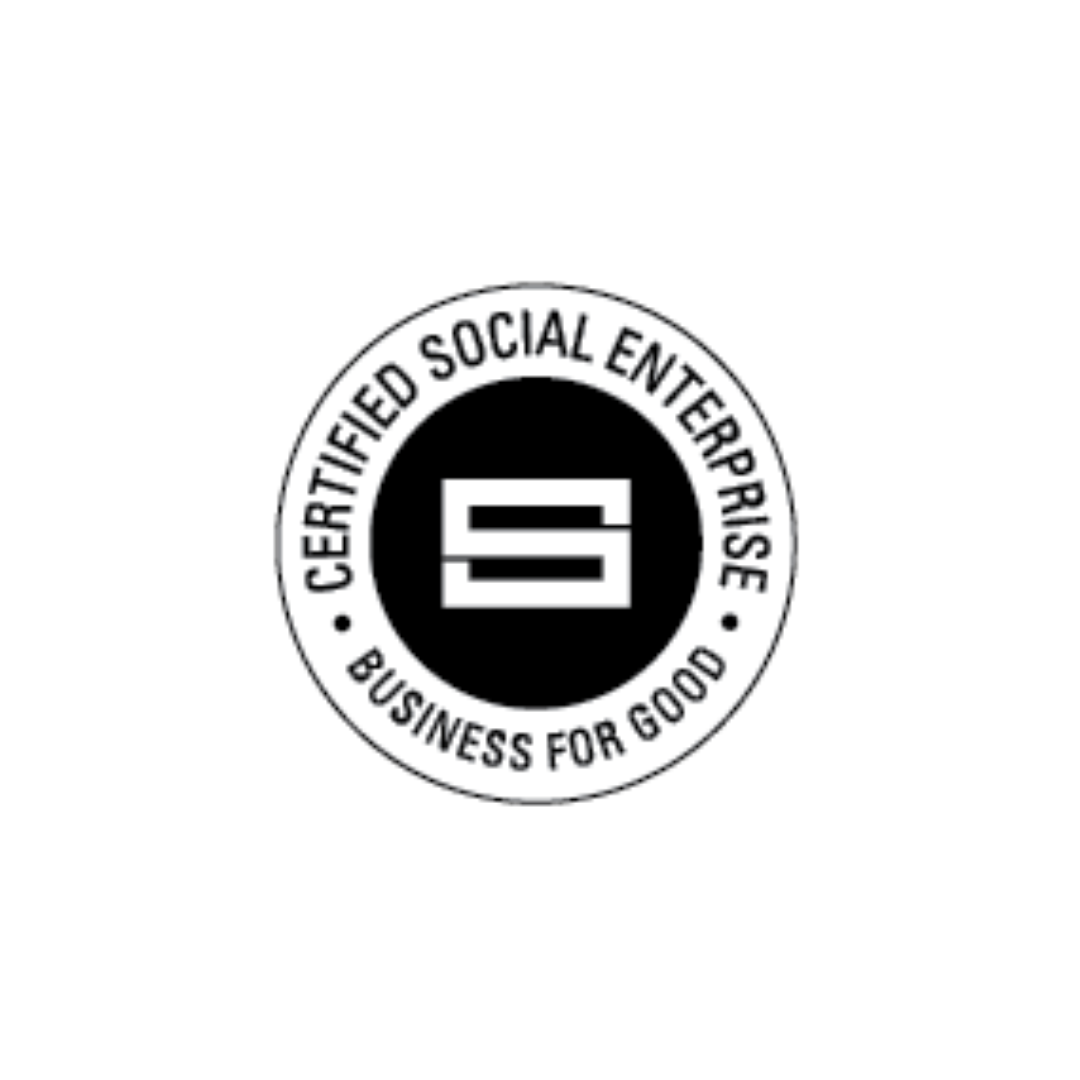
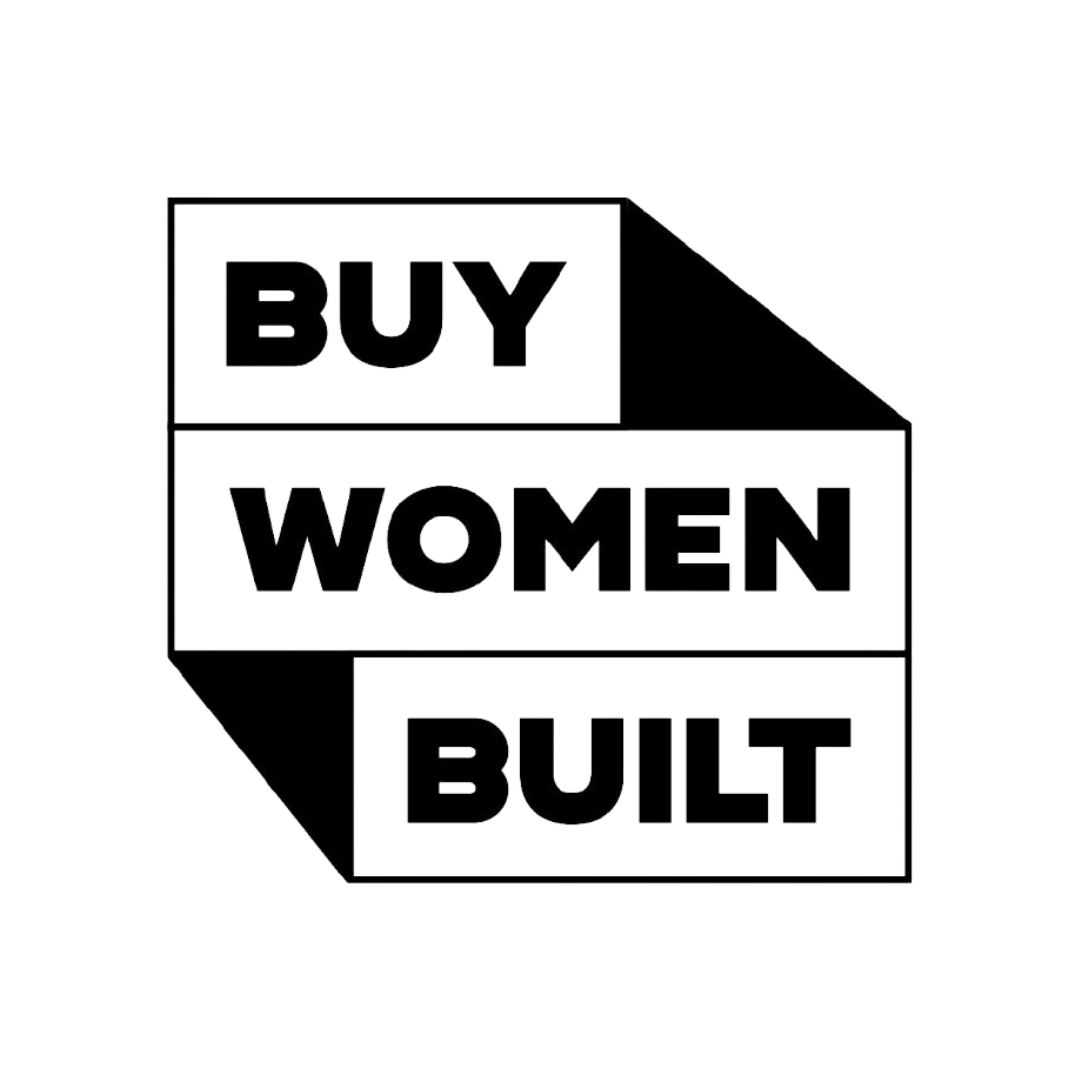
Leave a comment
This site is protected by hCaptcha and the hCaptcha Privacy Policy and Terms of Service apply.